Fujifilm’s next Instax mini model has a 5MP sensor, saves images to a memory card and allows users to record a ten-second audio clip that can be played when the printed picture is viewed. The Instax mini LiPlay, Fujifilm’s smallest and lightest Instax to date, produces the usual credit card sized prints but can print a QR code in the corner that links to the audio that was recorded to go along with the picture.

The idea is that users can record a message to a friend with whom they will share the picture taken with the camera. The friend scans the QR code using Fujifilm’s Instax mini LiPlay app and the audio clip plays through the phone. The audio could be a spoken message or the sounds from the place the picture was taken – Fujifilm suggests the sound of the sea to accompany pictures from the beach.
 |
The camera uses a 5MP sensor and allows users to review images before deciding to print them or not. Images can also be saved to internal memory or to a removable MicroSD card, and images taken with other devices can be printed on the camera via a smartphone with a Bluetooth connection. The camera’s lens has an angle of view to match a 28mm lens on a full frame system and has a maximum aperture of F2. The lens has an AF system and shutter speeds run from ¼ – 1/8000sec, while the auto ISO feature moves between ISO 100 and 1600.

The Instax mini LiPlay will come in three colors and textures, and will begin shipping immediately depending on your region. It will cost $ 159.99/£149.99. For more information see the Fujifilm website.
Press release:
Hybrid instant camera “Instax mini LiPlay”
- New-generation instax with sound-recording capability!
- Capture memories in an instax print with audio message
- Mini-format film “CONFETTI” and square-format film “Star-illumination” with metallic frame also available to add a touch of flamboyance to your pictures
FUJIFILM Corporation (President: Kenji Sukeno) has announced that it will release a hybrid instant camera “instax mini LiPlay” (hereinafter “LiPlay”), which supports credit-card-size film, on or after June 14, 2019 on a market-by-market basis. The model is a new addition to the lineup of “instax” instant cameras, which allows you to enjoy photo prints on the spot. The camera’s main unit is the smallest and most lightweight in the history of the instax series for outstanding portability. Yet, at the same time, the camera is packed with new features such as the “Sound” function* to convey a voice message or other audio data in the form of a QR code** included in a photo print, and the “Direct Print” function*1 to print images in your smartphone on instax film — broadening the scope of situations the camera can be enjoyed.
Fujifilm has also announced new metallic instax mini film “CONFETTI” and instax square film “Star-illumination,” available in two designs, adding a touch of creativity to your photos.
Overview of the instax series
The “instax” series of instant cameras, launched in 1998, is affectionately called “Cheki” in Japan, where it has enjoyed wide popularity for over 20 years. Today, it is sold in over 100 countries around the world, including Europe, Americas and Asia Pacific, with the cumulative number of shipments topping 45 million worldwide. It has been particularly loved by the digital-native generation in their teens and young adults who have embraced it as a communication tool, saying “It is fun to share those precious moments in life in the form of photo prints. When I hand photo prints to my friends, it gives me a real sense of connection with them.”
Overview of the new product, “instax mini LiPlay”
The new “LiPlay,” is a hybrid instant camera that allows you to review photos captured on the device via the LCD monitor on the back of the camera and choose images you want to print. The camera’s “Sound” function is capable of recording up to ten seconds of audio. The function converts the audio data into a QR code and adds it to a photo to be printed out together. The audio can be replayed*** by scanning the printed QR code with a smartphone*4. This allows you to give a photo together with your description about the pictured scene. The camera also features the “Direct Print” function, which transfers a photo taken with your smartphone to the LiPlay for printing. You can print your favorite picture in your smartphone easily on instax film and share it with your friends. To make it easy to take a group photo, the camera also offers the “Remote Shooting” function so that you can use a smartphone operation to release the shutter while standing away from the camera itself.
The camera body boasts a streamlined and stylish design. Its compact and lightweight form factor makes it easy to carry. Buttons and dials for basic operations such as shutter release and “Sound” function are laid out for advanced operability. Extra attention has been paid to perfect the camera’s texture. The camera comes in three colors, each of which has different surface processing, such as embossed or smooth finish.
Fujifilm will continue to broaden the world of the “instax” instant photo system for on-the-spot photo printing.
* * The free “instax mini LiPlay” app must be downloaded and installed on your smartphone to use the Sound and Direct Print functions.
* ** QR Code is a registered trademark of Denso Wave Inc.
* *** Recorded audio data is stored for one year from the time it is uploaded to the server together with its linked photo image via a special smartphone app.
* *4 Smartphones with the QR Code scanning capability are required to read the QR code.
1. Product Name
(1) Hybrid instant camera “instax mini LiPlay”
(2) Mini-format film “CONFETTI”
(3) Square-format film “Star-illumination”
2. Release Date
On or after June 14, 2019, on a market-by-market basis
3. Price
Open price
4. Main features
(1) “instax mini LiPlay”
1. Smallest and most lightweight hybrid instant camera in the history of the instax series
The LiPlay is a highly-portable hybrid instant camera that incorporates digital technology. Featuring a 2.7-inch LCD monitor at the rear, the camera allows you to shoot photos while checking the monitor and choose pictures to print. The camera also offers brightness adjustment capability based on exposure compensation as well as six filters for processing photos, e.g. in sepia tone or in monochrome, to create a different impression.
2. New “Sound” function
The camera’s audio-recording capability means you can record up to 10 seconds of sound. The function converts sound data into a QR code and prints it on your photo. Scan the QR code with a smartphonoe’s QR Code reader and replay the audio message. Printing a photo with a recorded message allows you to convey your sentiments to the person receiving the photo, making the scene more memorable. Alternatively, photograph a beach and attach the sound of waves, for example, to create a print that reminds you of the photographed situation, so that your memory of the precious moment stays vivid.
3. “Direct Print” function to use the camera as a smartphone printer
Images stored in a smartphone can be transferred to the camera via Bluetooth*5 for printing. You can enlarge or rotate images before transferring them.
4. “Remote Shooting” function for taking pictures while standing away from the camera
This function allows you to release the shutter with a smartphone operation while standing away from the camera. Remotely-taken images can be also printed on the spot. This function is particularly useful for a group photo or when you want to achieve a dynamic effect by taking photos from high or low angles.
5. Wide variety of design frames on offer
The camera comes pre-installed with ten design frames, which can be selected during or after taking a picture so that they are incorporated into the image for printing. Download the “instax mini LiPlay” smartphone app (free) to enjoy 20 additional design frames, bringing the total number of design frames available to 30.
6. Stylish camera body design
The streamlined shape of the camera body is complemented with a different surface finish for each of the three color variations in a design approach that even pays close attention to your tactile sense. The Stone White version has a rough, stone-like surface achieved with a special spray coating. The Elegant Black version features an eye-catching embossed finish on the camera surface, while the Blush Gold version dazzles with a smooth lustrous finish. Metallic parts are used for the lens ring, etc. for a premium look.
(2) New instax film
1. Mini-format film “CONFETTI”
- Compatible with all “instax mini” series models that support the mini format
- Colorful metallic frame that adds a touch of flamboyance to your photo
- 10 prints per pack
2. Square-format film “Star-illumination”
- Compatible with all “instax SQUARE” series models that support the square format
- Elegant design of the night sky scattered with colorful stars to make your photo look stylish
- 10 prints per pack
* *5 Bluetooth® work mark and logo are registered trademarks of Bluetooth SIG, Inc. FUJIFILM Corporation uses these marks based on a license agreement.
Articles: Digital Photography Review (dpreview.com)
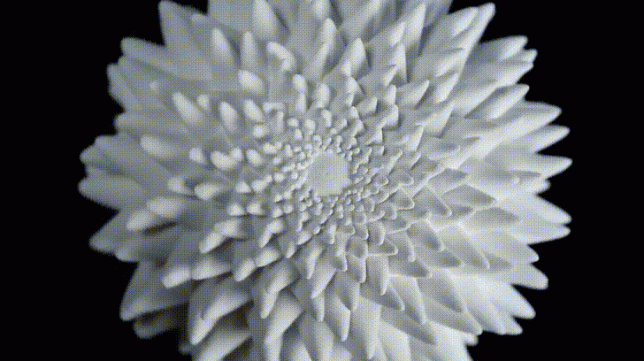
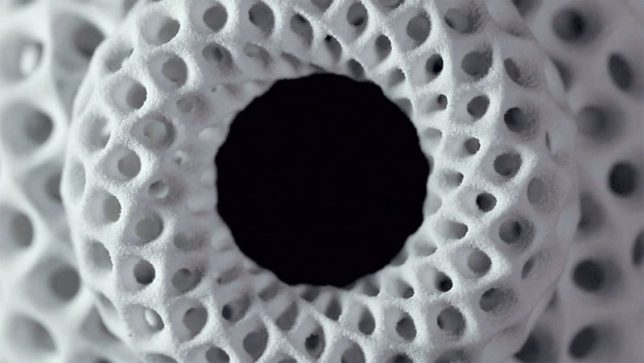
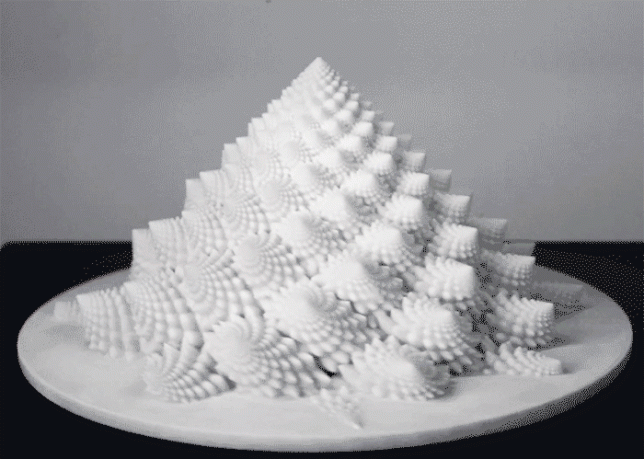
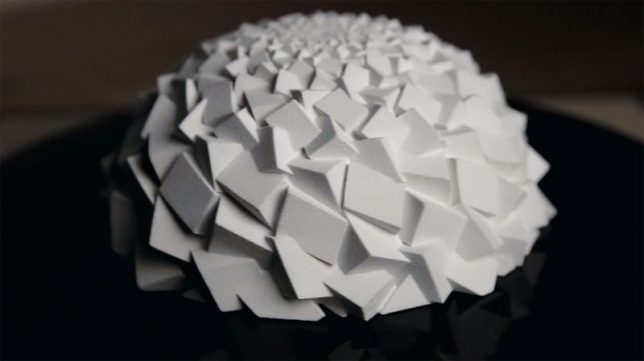
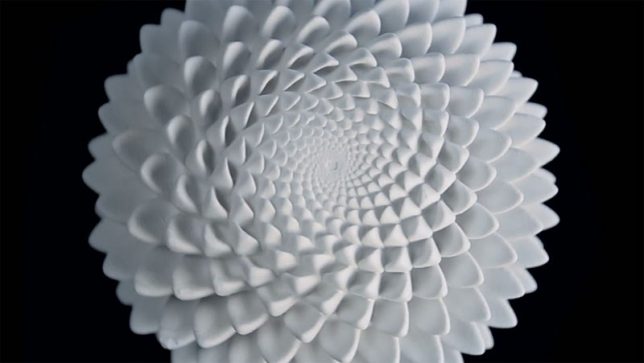
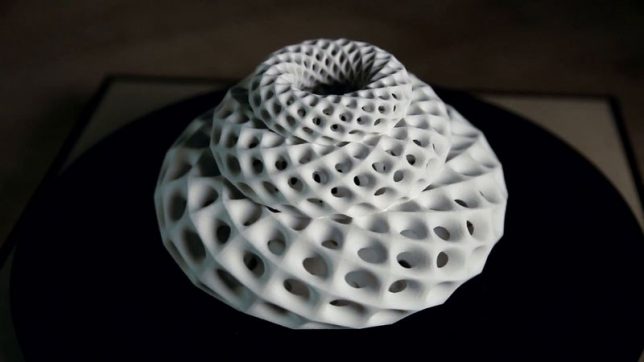










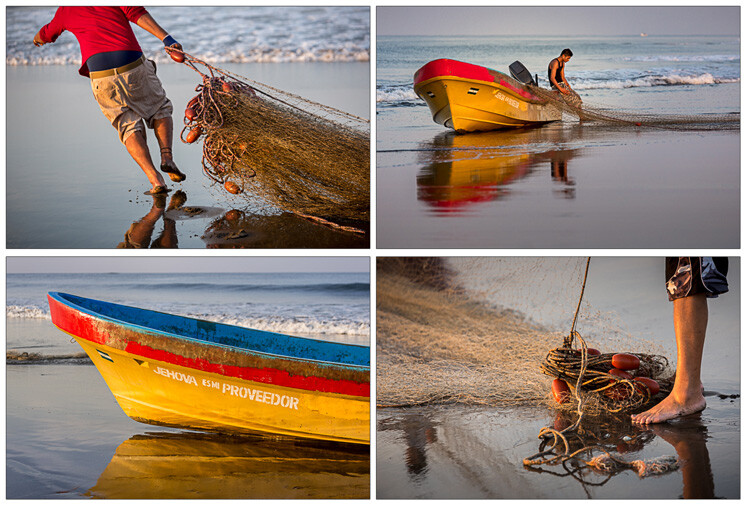

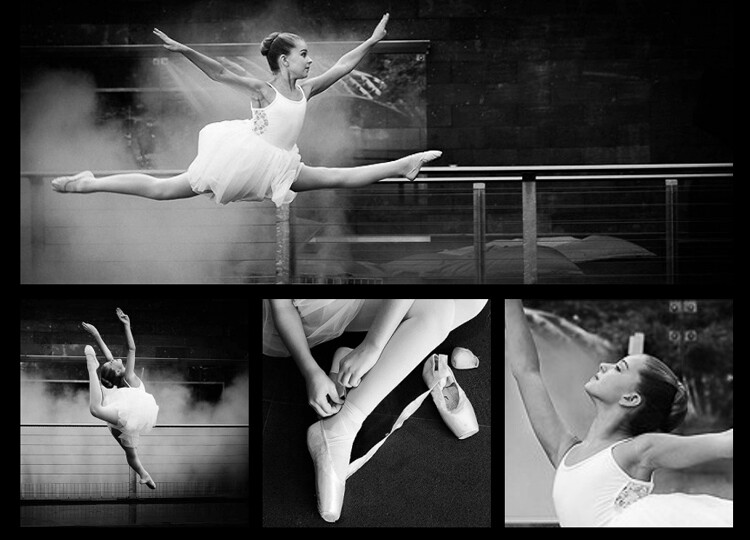
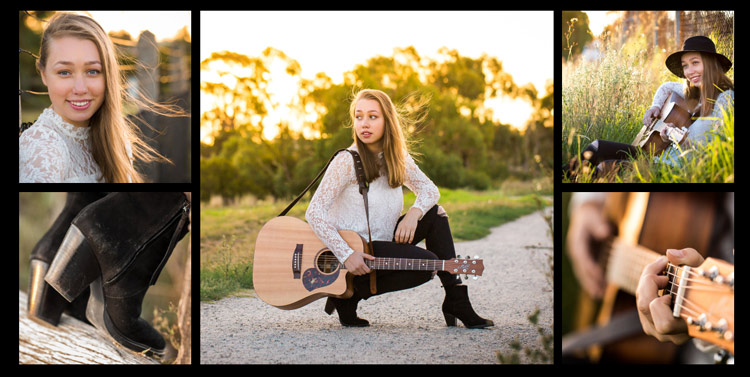
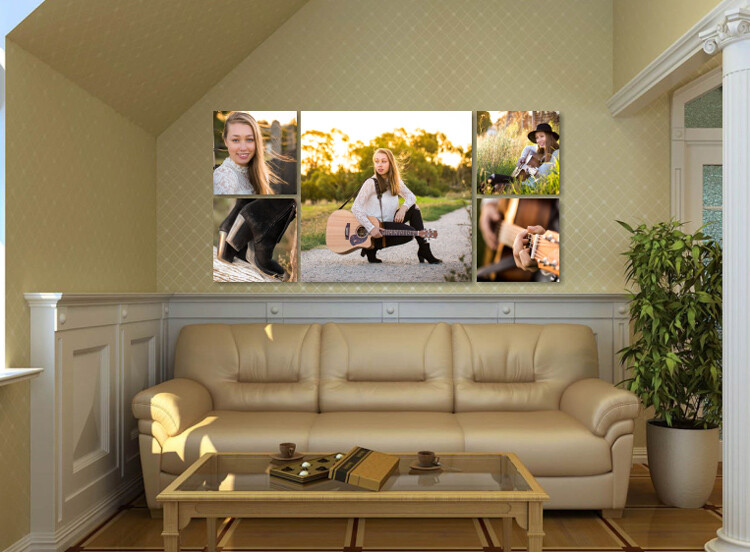


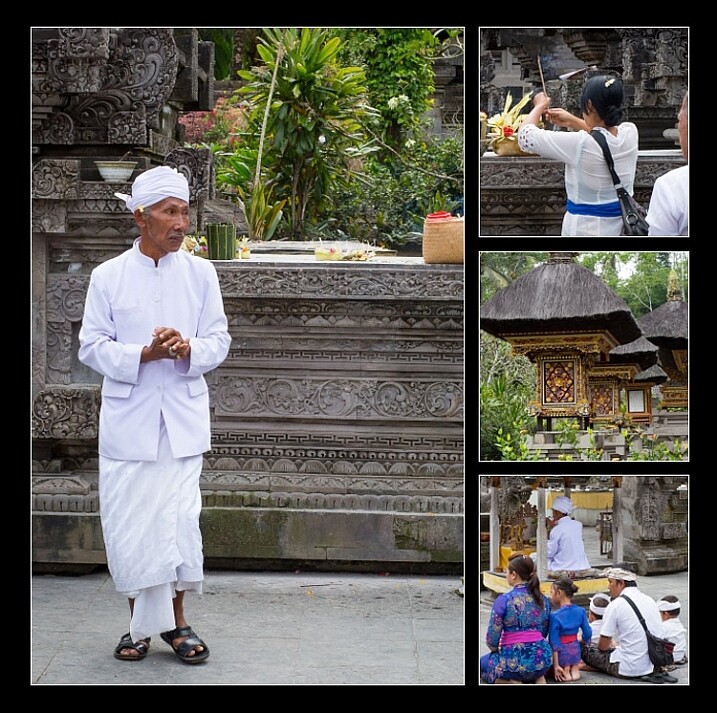
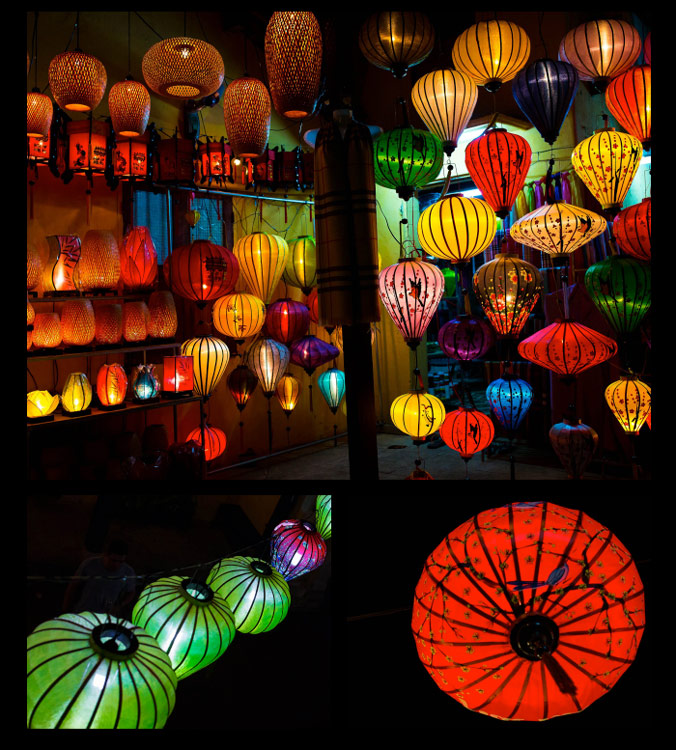


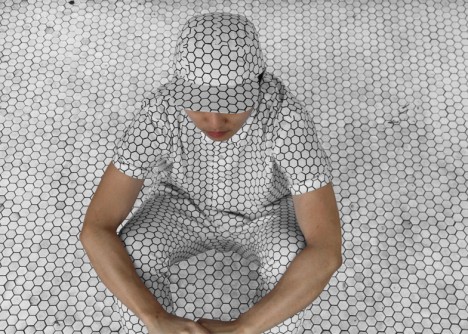
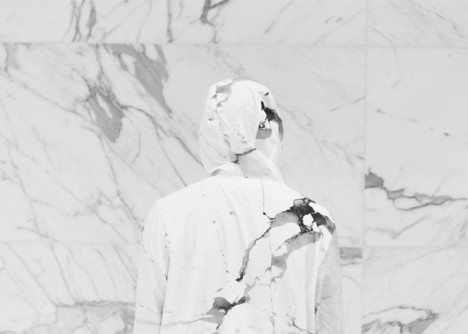
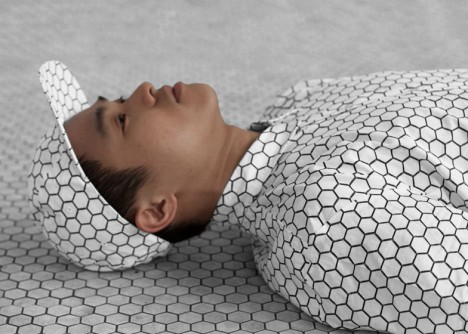
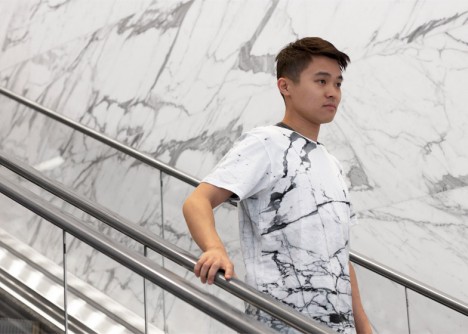
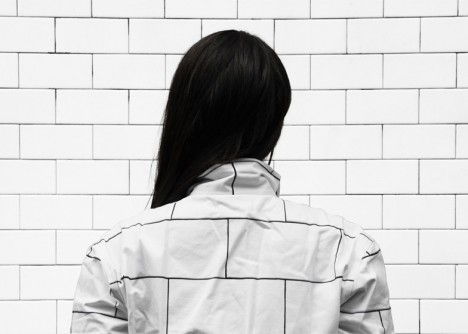

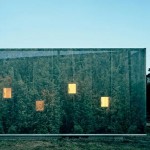
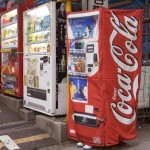
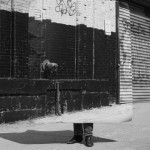









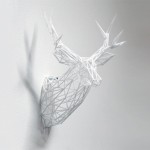
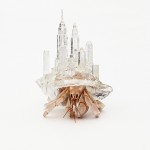
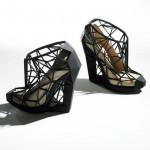












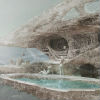
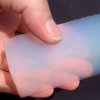
You must be logged in to post a comment.